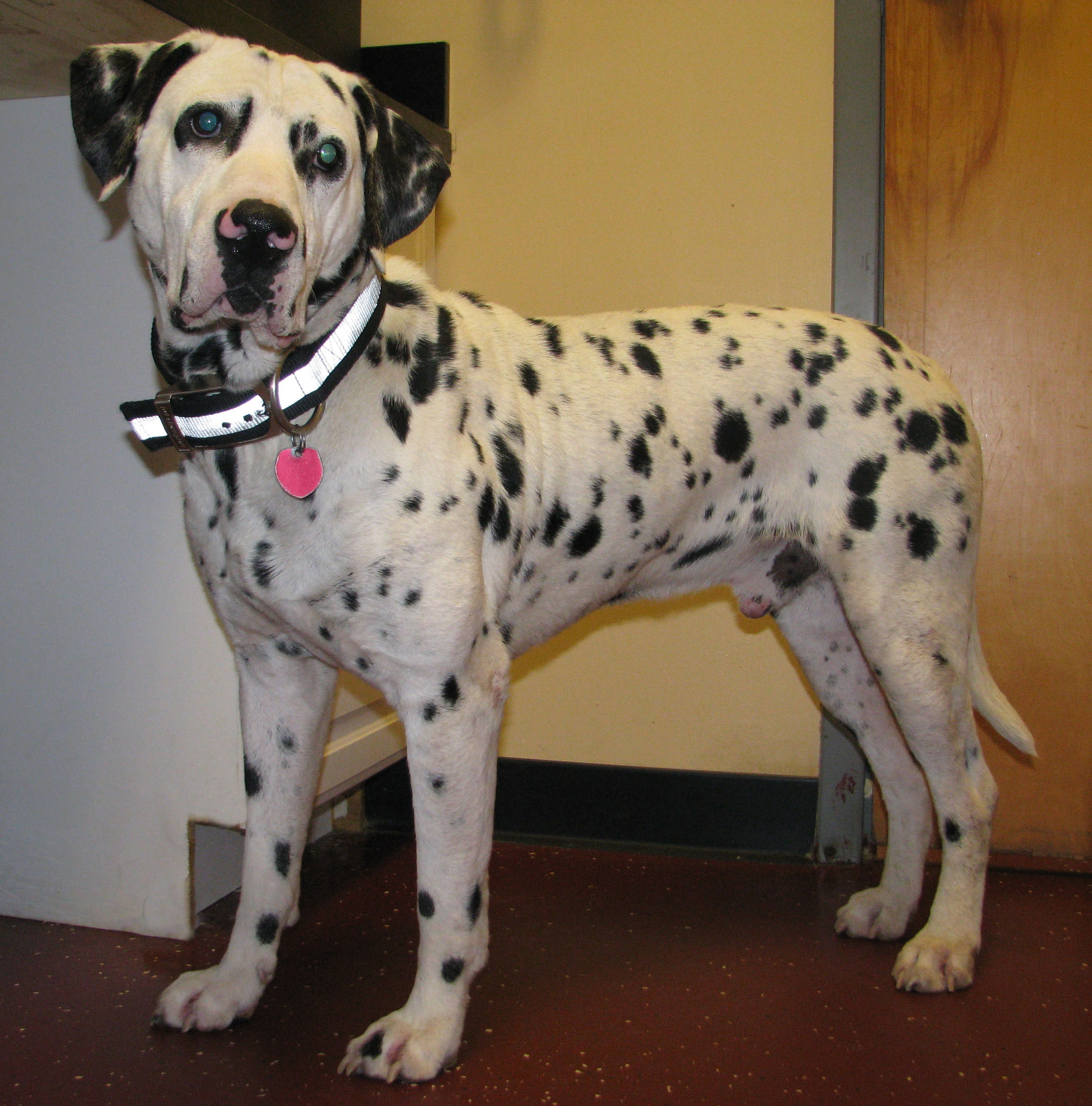Bringing home a new pet can be an exciting and rewarding experience, but it can also be a daunting one. Whether you’ve adopted a rescue animal or purchased a new furry friend, it’s not uncommon for pets to experience fear and anxiety in their new surroundings. As a responsible pet owner, it’s important to understand how to comfort your new pet and help them adjust to their new home. In this article, we’ll explore some tips and tricks for overcoming fear and anxiety in your new pet, so you can create a happy and healthy environment for your furry friend.
1. “Creating a Safe Haven: Tips for Comforting Your New Pet”
Creating a safe and comfortable environment for your new pet is crucial for their well-being. Here are some tips to help you make your home a safe haven for your furry friend:
- Designate a quiet space: Set up a designated area for your pet to retreat to when they need some alone time. This could be a crate, a bed, or a cozy corner with a blanket. Make sure the area is away from any loud noises or distractions.
- Eliminate hazards: Pets are curious creatures and can easily get into trouble. Make sure to remove any potential hazards from your home, such as toxic plants, electrical cords, and small objects that could be swallowed.
- Provide plenty of toys: Toys are not only fun for your pet, but they also provide mental stimulation and help prevent destructive behavior. Make sure to provide a variety of toys, such as chew toys, puzzle toys, and interactive toys.
Remember, creating a safe haven for your pet is an ongoing process. As your pet grows and changes, so will their needs. By providing a safe and comfortable environment, you are setting your pet up for a happy and healthy life.
2. “From Fear to Trust: Helping Your Pet Overcome Anxiety”
Anxiety is a common issue among pets, and it can manifest in various ways, such as excessive barking, destructive behavior, or withdrawal. As a pet owner, it’s essential to understand the root cause of your pet’s anxiety and take steps to help them overcome it. Here are some tips to help your pet transition from fear to trust:
– Create a Safe Space: Designate a specific area in your home where your pet can retreat to when they feel anxious. This space should be comfortable, quiet, and free from any potential triggers that may cause anxiety. You can also use pheromone sprays or diffusers to create a calming environment.
– Gradual Exposure: If your pet is afraid of certain situations or objects, such as thunderstorms or car rides, expose them to these stimuli gradually. Start with short sessions and gradually increase the duration as your pet becomes more comfortable. You can also use positive reinforcement, such as treats or toys, to reward your pet for their bravery.
Another way to help your pet overcome anxiety is to establish a routine. Pets thrive on consistency, and having a predictable schedule can help reduce their stress levels. Additionally, make sure your pet gets plenty of exercise and mental stimulation, as this can help them release pent-up energy and reduce anxiety.
– Routine: Establish a routine for your pet’s daily activities, such as feeding, exercise, and playtime. Stick to this routine as much as possible, as it can help your pet feel more secure and less anxious.
– Exercise and Mental Stimulation: Make sure your pet gets plenty of exercise and mental stimulation. This can include walks, playtime, and puzzle toys that challenge their minds. Exercise and mental stimulation can help your pet release pent-up energy and reduce anxiety.
Remember, helping your pet overcome anxiety takes time and patience. Be consistent in your efforts and seek professional help if necessary. With the right approach, you can help your pet transition from fear to trust and live a happier, healthier life.
3. “Building a Bond: Techniques for Soothing Your Nervous Companion
One of the most important aspects of being a pet owner is building a strong bond with your furry friend. This can be especially challenging if your companion is nervous or anxious. However, there are several techniques you can use to help soothe your nervous companion and strengthen your bond.
Firstly, it’s important to create a calm and comfortable environment for your pet. This can be achieved by providing a cozy bed, soft blankets, and a quiet space for them to retreat to when they feel overwhelmed. Additionally, incorporating calming scents such as lavender or chamomile can also help to create a relaxing atmosphere. Another effective technique is to use positive reinforcement training to help your pet feel more confident and secure. This can involve rewarding good behavior with treats, praise, and affection, which can help to build trust and strengthen your bond over time.
In addition to these techniques, it’s also important to be patient and understanding with your nervous companion. Remember that every pet is different and may require different approaches to help them feel calm and comfortable. By taking the time to understand your pet’s needs and preferences, you can create a strong bond that will last a lifetime. With these techniques and a little bit of patience, you can help your nervous companion feel more relaxed and confident, and build a lasting bond that will bring joy and companionship for years to come. As you embark on the journey of comforting your new pet, remember that patience and understanding are key. It may take time for your furry friend to adjust to their new surroundings and feel comfortable with you. But with consistent love and care, you can help them overcome their fears and anxieties. Remember to celebrate the small victories along the way and cherish the bond that you will inevitably form with your new companion. Together, you can create a safe and happy home for your pet to thrive in.

